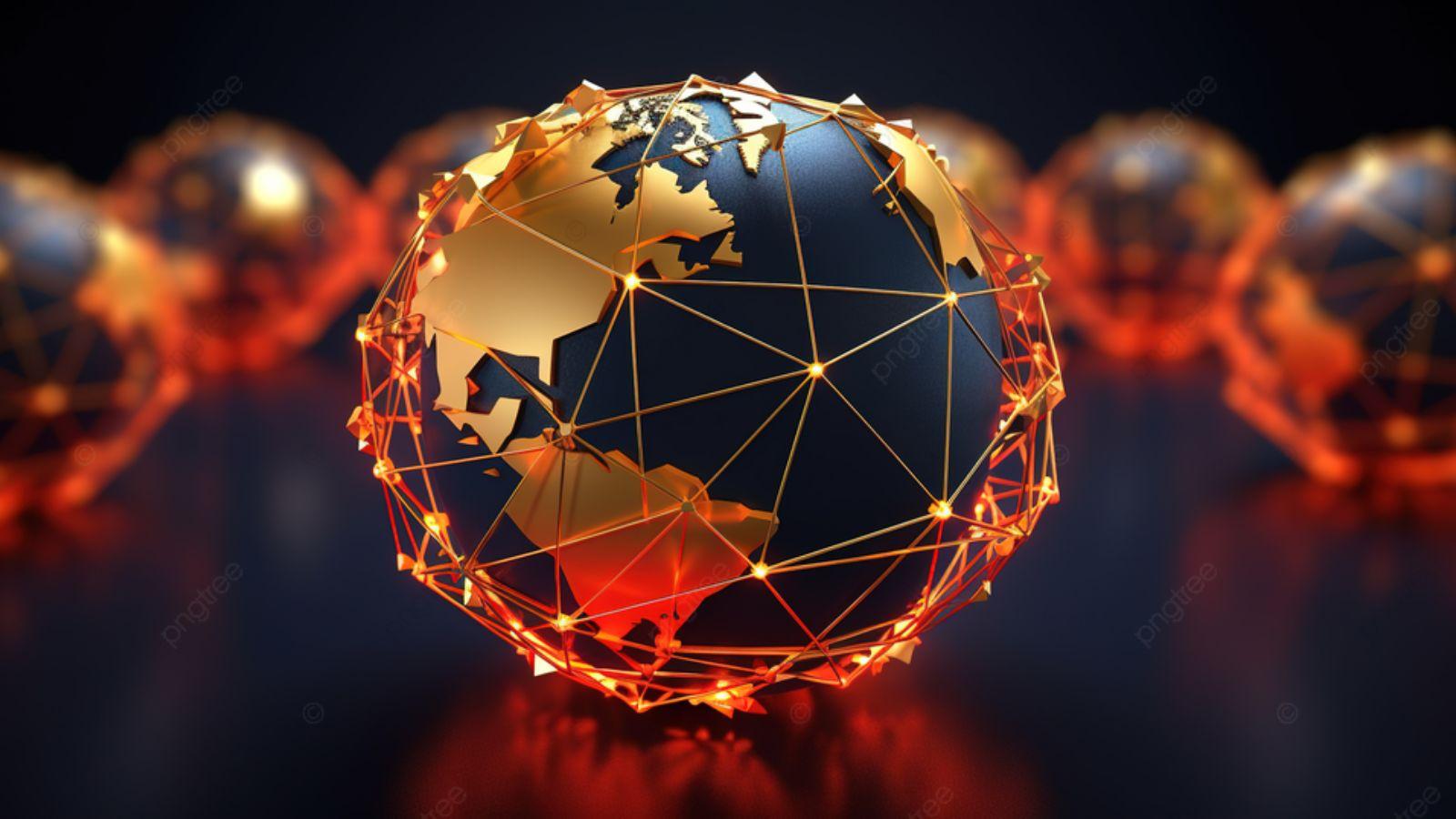The internet, once a static tapestry of information, has morphed into a dynamic, user-generated playground. From the read-only Web1 to the interactive Web2, we've witnessed an explosion of connectivity and collaboration. Now, on the horizon, stands Web3 development – a potential revolution poised to rewrite the rules of online engagement.
But what exactly is this enigmatic "Web3," and how does it differ from its predecessors?
Delving Deeper: Decoding the Web3 DNA
Web3, also known as the decentralized web, paints a future where control and ownership shift from centralized entities to the hands of users. Imagine a world where your data belongs truly to you, where platforms operate with an open kimono, and where value creation and distribution are dictated by collective consensus rather than corporate overlords. This is the heart of the Web3 promise, a vision that has captivated tech pioneers, investors, and even mainstream audiences alike.
Understanding the Building Blocks:
- Blockchain Technology: The bedrock of Web3, blockchain acts as a distributed ledger, ensuring secure, transparent, and tamper-proof record-keeping. This technology forms the foundation for everything from cryptocurrencies to decentralized finance (DeFi) and non-fungible tokens (NFTs). Think of it as a public ledger, accessible to all, where every transaction is permanently etched, unalterable, and verifiable.
- Decentralization: Unlike Web2, where a handful of tech giants hold the reins, Web3 aims to distribute power and ownership among users. This is achieved through protocols and applications built on blockchains, where decisions are made through community governance mechanisms. Imagine replacing the top-down structures of Web2 with horizontal networks where everyone has a say in the platform's evolution.
- Tokenization: Web3 utilizes tokens to represent value and ownership within its ecosystem. These tokens can be used to access services, participate in governance, or even own digital assets like NFTs. Think of them as digital keys that unlock doors within the Web3 world, granting access to specific functionalities and representing your stake in the system.
Exploring the Practical Applications
The potential applications of Web3 are as vast as the imagination itself. Let's dive into some real-world examples:
- Decentralized Finance (DeFi): No longer reliant on traditional intermediaries, DeFi applications empower users to access financial services like lending, borrowing, and trading directly on peer-to-peer networks. This opens doors to financial inclusion for the unbanked and empowers individuals to manage their finances more autonomously. Imagine bypassing traditional banks and accessing financial services directly through secure, transparent, and community-driven platforms.
- Non-Fungible Tokens (NFTs): These unique digital tokens represent ownership of one-of-a-kind digital assets like artwork, music, or even virtual land. They are revolutionizing the way we collect, trade, and interact with digital content. Imagine owning a digital artwork that's provably yours, not just a copy, and being able to trade it in a secure and transparent marketplace.
- The Metaverse: This shared, immersive virtual world powered by Web3 technologies promises a new paradigm for social interaction, web3 gaming, and even work. Imagine blurring the lines between the physical and digital realms, attending virtual concerts with friends across the globe, or owning a virtual storefront in a vibrant online marketplace.
Why The World Needs Web3?
The world might "need" Web3 for several reasons, depending on your perspective and the specific problems you consider most important. Here are some potential arguments in favor of Web3:
Increased User Ownership and Control: In Web2, large platforms control your data and dictate how you interact with them. Web3 proposes shifting this power back to users, allowing them to own their data, choose how it's used, and participate in governance decisions. This could promote privacy, transparency, and individual agency.
More Equitable and Inclusive Systems: Many argue that Web2 platforms have exacerbated societal inequalities and concentrated wealth in the hands of a few. Web3, with its focus on decentralization and community-driven governance, could create more equitable and inclusive systems where everyone has a voice and can benefit from their participation.
Enhanced Security and Transparency: Blockchain technology, the foundation of Web3, offers greater security and transparency compared to traditional centralized systems. Transactions are tamper-proof, auditable, and resistant to censorship, potentially increasing trust and accountability.
New Economic Opportunities: Web3 paves the way for new economic models, like DeFi, and ownership of digital assets like NFTs. These innovations could create new avenues for financial inclusion, entrepreneurship, and value creation.
Innovation and Collaboration: The open-source and collaborative nature of Web3 encourages experimentation and innovation. Developers and communities can build applications and protocols that address specific needs and challenges, fostering a more dynamic and responsive online environment.
Challenges and Considerations: Navigating the Uncharted Waters
Despite its immense potential, Web3 is still in its formative stages. Like any nascent technology, it faces its share of challenges that need to be addressed before achieving mainstream adoption:
- Scalability: Currently, blockchain networks struggle to handle large volumes of transactions efficiently. Imagine queuing up for an hour just to send a payment – not exactly conducive to widespread adoption.
- Regulation: The lack of clear regulations surrounding Web3 technologies creates uncertainty for businesses and users alike. Think of sailing the high seas without a clear map or navigational rules – risky and potentially perilous.
- Security: While inherently secure, blockchain-based systems are not immune to hacking and other security threats. Imagine having your virtual land stolen due to a security vulnerability – a major concern for potential users.
Conclusion: Embracing the Future with Cautious Optimism
Web3 represents a paradigm shift in our online interactions. While challenges exist, its potential to empower users, democratize access, and foster innovation is undeniable. As the technology matures and regulatory frameworks evolve, Web3 has the power to reshape our online experiences in ways we can only begin to imagine. So, fasten your seatbelts and get ready to ride the wave – the future of the internet awaits!

